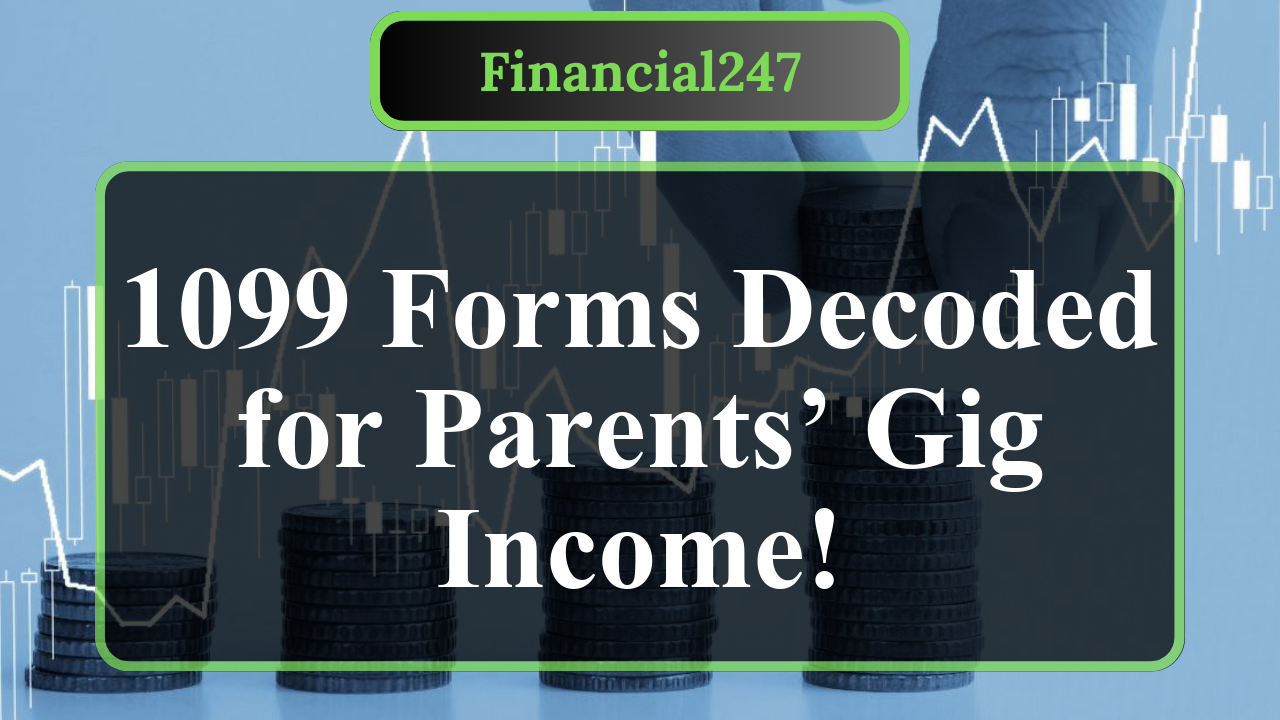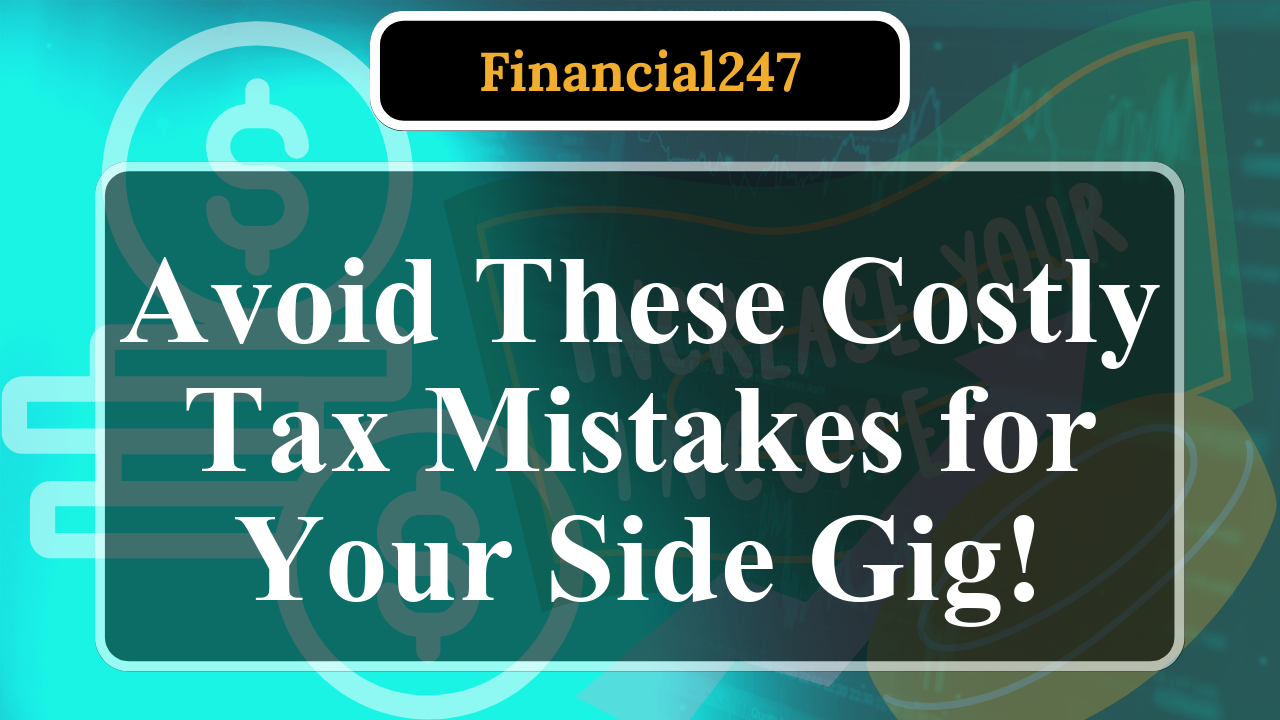A 1099 form reports non-employment income for stay-at-home parents earning from gigs like babysitting or freelancing. This article explains the types of 1099 forms, their relevance to gig work, tax obligations, and compliance tips. It highlights why nannies are typically W-2 employees, not 1099 contractors, and offers guidance on reporting income accurately.
Understanding 1099 Forms for Stay-at-Home Parents in the Gig Economy
For stay-at-home parents in the U.S., gig work like babysitting, cleaning, or freelancing offers flexible income to support their families. However, navigating the tax implications of these side hustles can be tricky, especially when it comes to IRS Form 1099. This form is critical for reporting non-employment income, but its application depends on the nature of the work and the worker’s classification.
A 1099 form is a tax document used to report various types of non-employment income to the IRS. Unlike a W-2, which employers issue to employees, a 1099 is typically issued to independent contractors, freelancers, or gig workers who earn $600 or more from a single payer in a tax year. For stay-at-home parents, common gigs like driving for rideshare apps, selling crafts online, or providing childcare may result in receiving a 1099-NEC (Nonemployee Compensation) or 1099-MISC (Miscellaneous Information), depending on the income source.
The 1099-NEC is used for payments to independent contractors for services, such as freelance graphic design or tutoring. For example, if a stay-at-home parent earns $1,000 creating social media content for a small business, they should receive a 1099-NEC from that client. The 1099-MISC, on the other hand, covers income like rents, royalties, or prizes. If a parent sells handmade goods through an online marketplace and receives $600 or more, they might receive a 1099-K from platforms like Etsy or PayPal, especially as the IRS plans to lower the reporting threshold to $5,000 for 2024.
However, not all gig work results in a 1099. For instance, babysitting or cleaning in a private home often classifies the worker as a household employee, not an independent contractor. The IRS defines household employees as workers whose tasks and schedules are controlled by the employer. If a stay-at-home parent provides regular childcare in a client’s home and the client dictates hours and duties, they are likely a household employee requiring a W-2, not a 1099. Misclassifying a nanny or caregiver as a 1099 contractor is considered tax evasion by the IRS, potentially leading to back taxes and fines for the employer.
For stay-at-home parents, correctly reporting gig income is essential. Even without a 1099, all income must be reported on a tax return, typically using Schedule C for self-employment income. For example, a parent earning $10,500 from cash-based cleaning gigs should track earnings and expenses (like cleaning supplies) and report them on Schedule C, even if no 1099 is issued. Self-employed individuals must also pay self-employment taxes (Social Security and Medicare) if net earnings exceed $400.
Tax credits can offset some tax burdens. Stay-at-home parents with children may qualify for the Child Tax Credit (up to $2,000 per qualifying child) or the Earned Income Tax Credit (EITC), which benefits lower-income families. Using the IRS Free File program or affordable tax software can help file accurately without high costs.
Proper record-keeping is crucial. Parents should maintain logs of payments, dates, and expenses, as cash-based gigs like babysitting often lack formal documentation. If a 1099 is received but incorrect, contact the payer to amend it. For household employees mistakenly issued a 1099, filing Form SS-8 with the IRS can clarify worker status and ensure proper classification.
Stay-at-home parents must also consider state-specific rules. Some states require additional reporting for independent contractors, and compliance ensures no legal issues arise. Consulting a tax professional can help navigate complex scenarios, especially when mixing gig income with household employment.
Disclaimer: This article provides general information and is not a substitute for personalized tax or legal advice. Consult a tax professional for specific circumstances. Sources include IRS guidelines and reputable tax resources.



